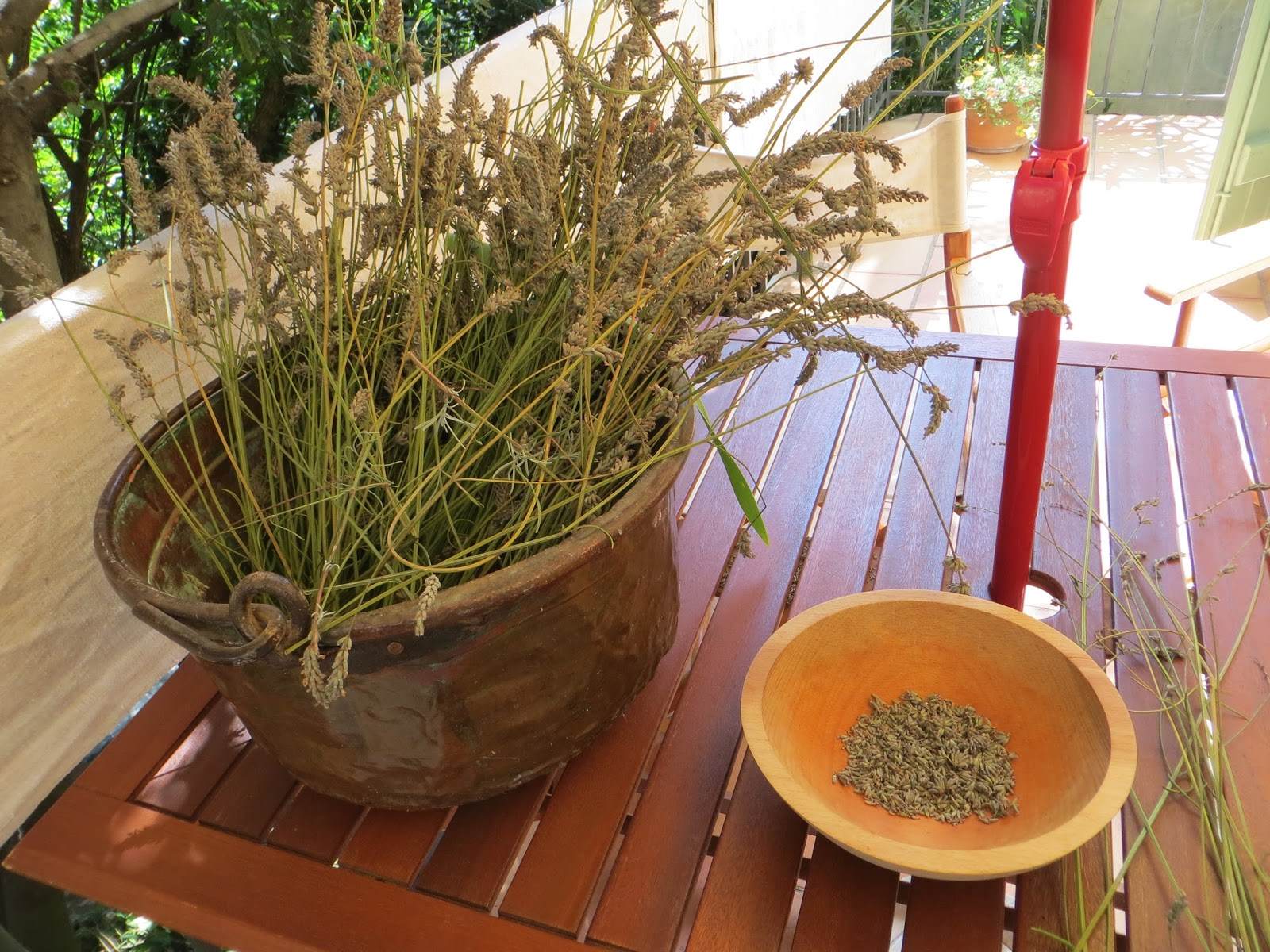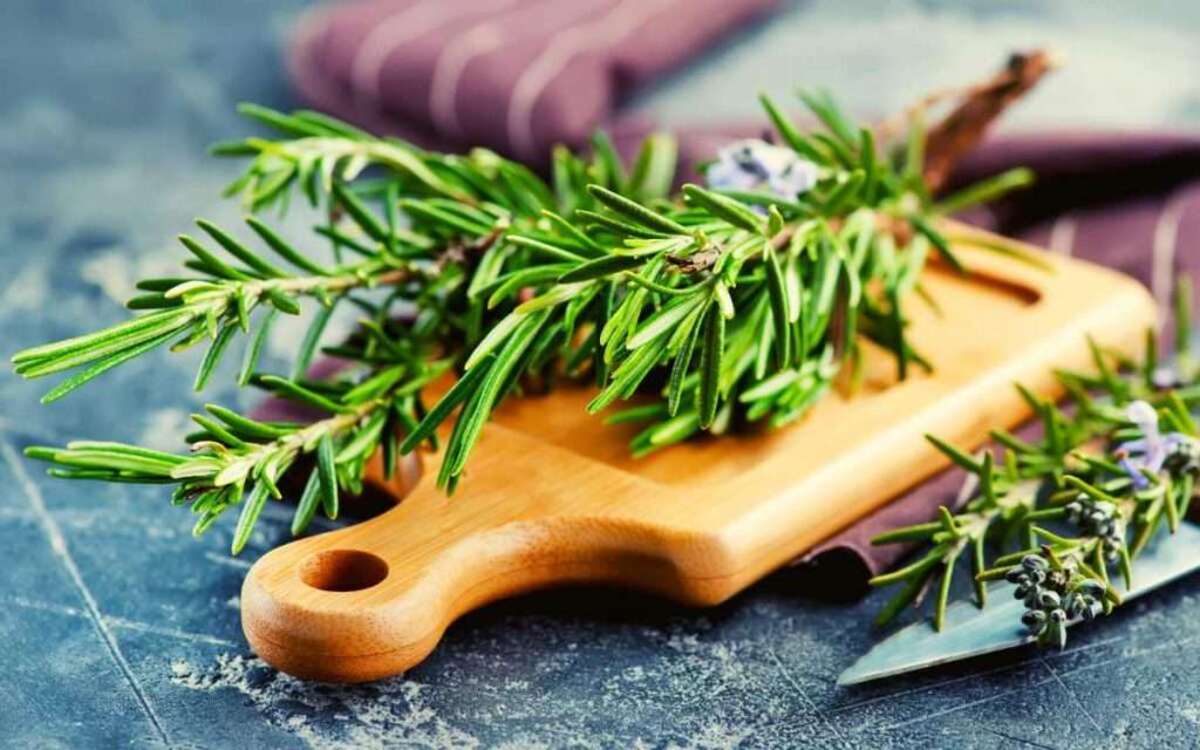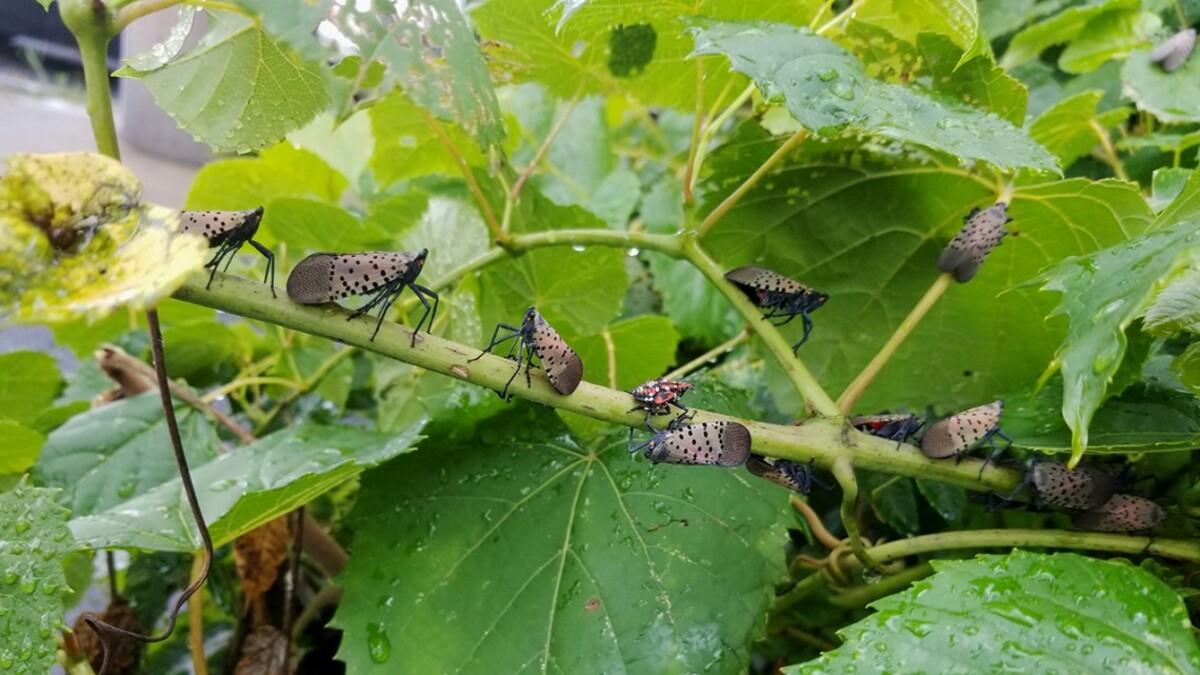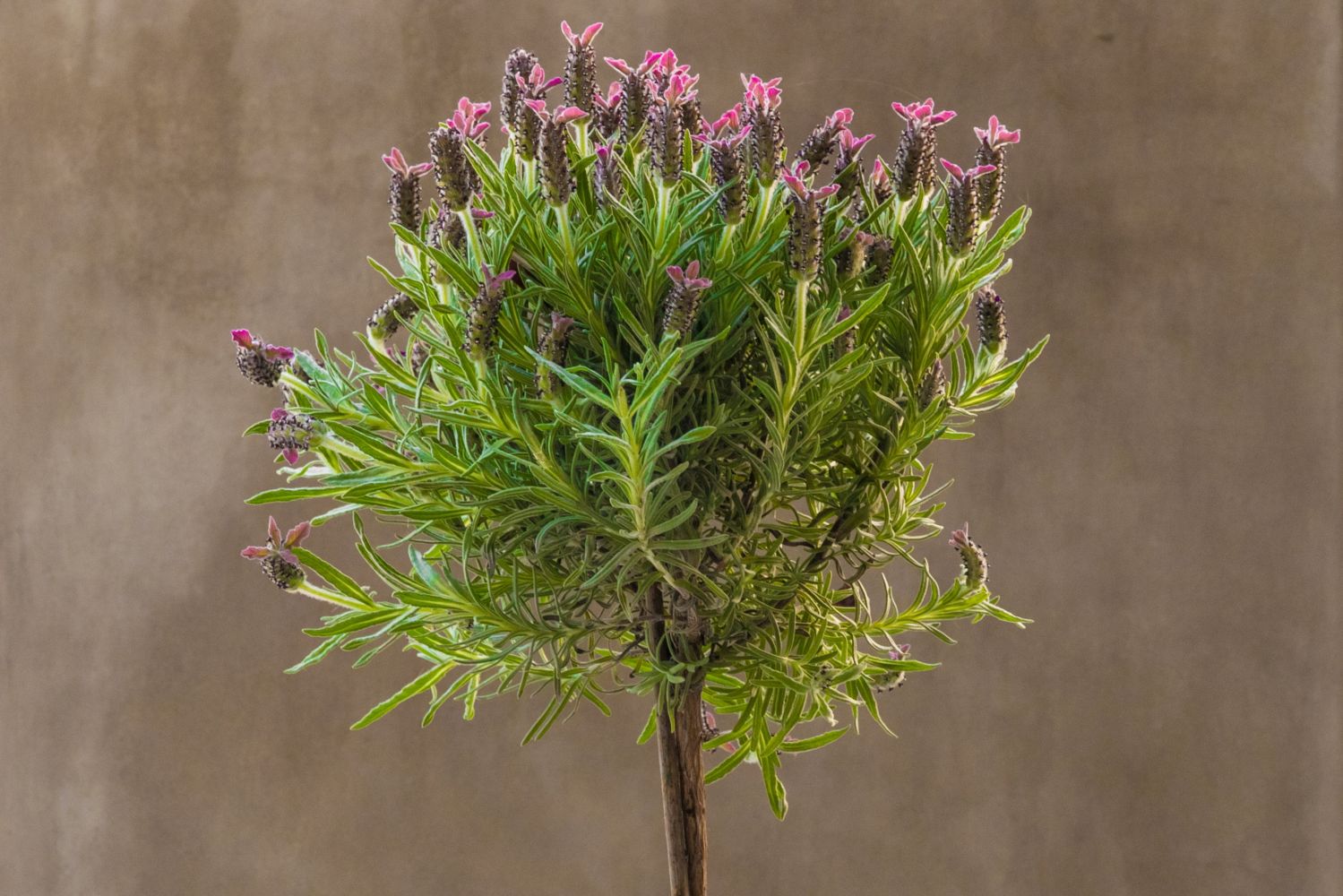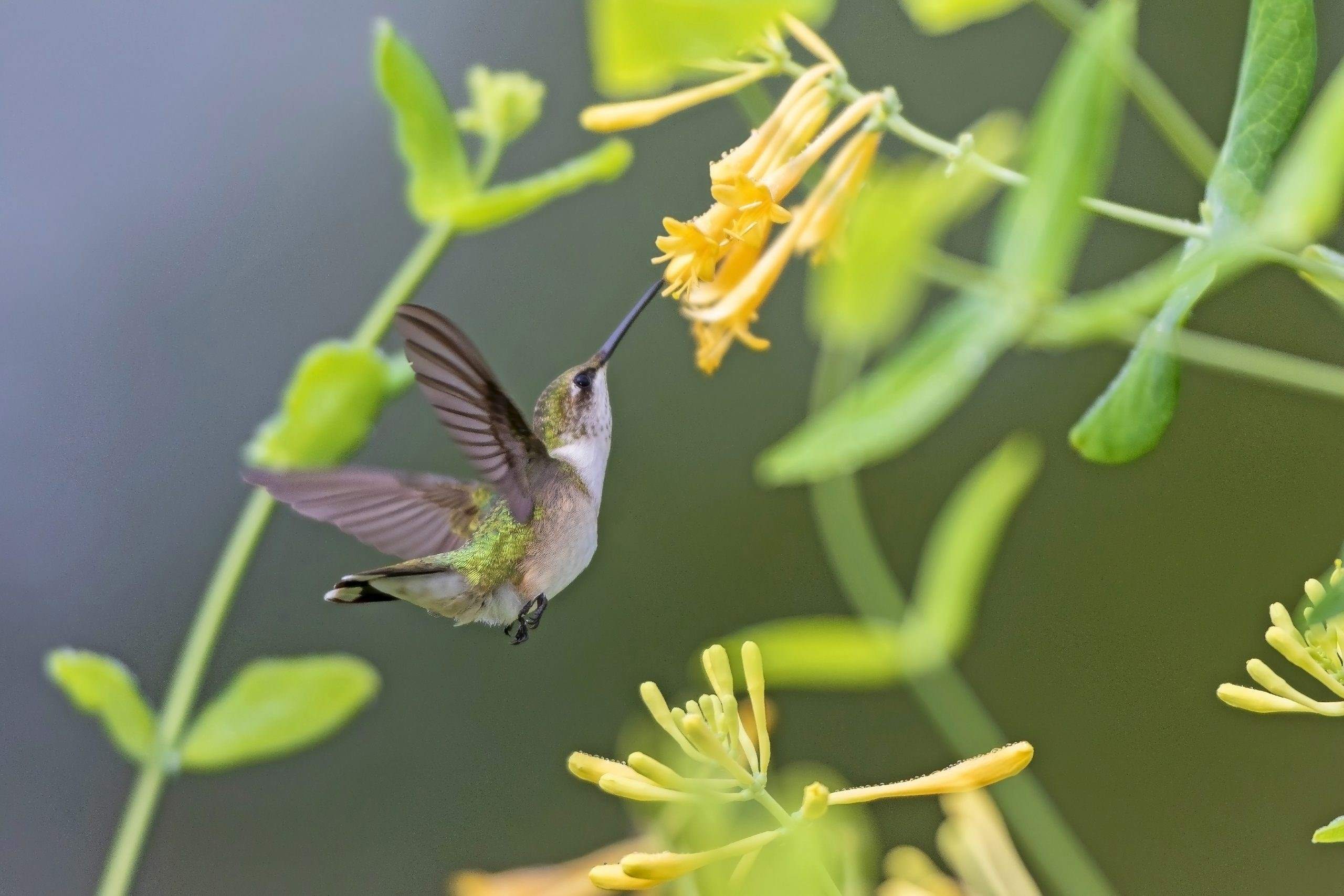Home>Gardening News and Trends>Latest News>What Insects Like Lavender
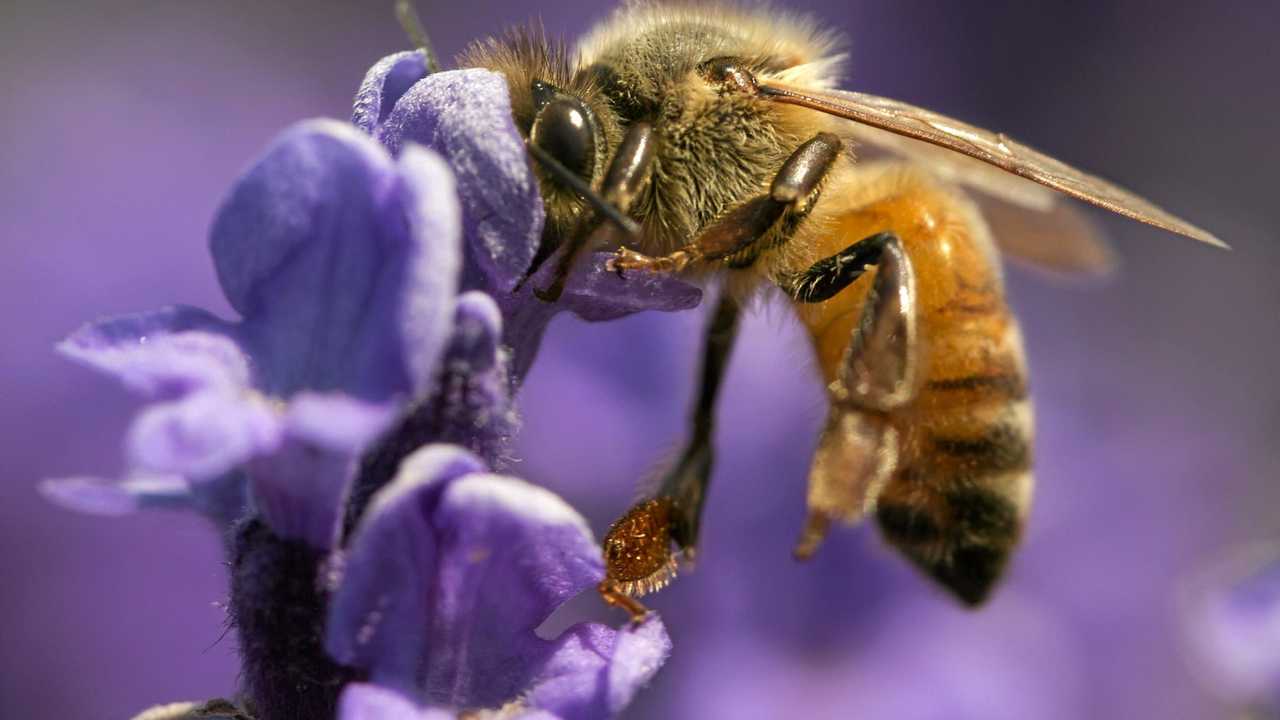

Latest News
What Insects Like Lavender
Modified: January 22, 2024
Discover the latest news on what insects like lavender and how it influences their behavior. Stay updated on the fascinating relationship between lavender and insects.
(Many of the links in this article redirect to a specific reviewed product. Your purchase of these products through affiliate links helps to generate commission for Chicagolandgardening.com, at no extra cost. Learn more)
Table of Contents
Introduction
Lavender is a beloved and versatile plant known for its beautiful flowers and relaxing fragrance. It has been used for centuries in various cultures for its medicinal, aromatic, and culinary properties. However, did you know that lavender also has a unique appeal to insects? In this article, we will explore why insects are attracted to lavender and how you can use this to your advantage in your garden or outdoor space.
The benefits of lavender extend beyond its aesthetic and aromatic qualities. It serves as a valuable source of nectar and pollen for many insect species, making it an essential plant for supporting local ecosystems and promoting biodiversity. By understanding the specific characteristics that make lavender attractive to insects, you can create a thriving environment that welcomes beneficial insects while deterring harmful ones.
Whether you are a seasoned gardener or simply looking to create a more insect-friendly space, discovering the allure of lavender for insects opens up a world of possibilities. From attracting pollinators and natural pest control to providing a habitat for beneficial insects, the benefits are numerous. So, let’s dive into the fascinating world of insects and their affinity for lavender!
Benefits of Lavender for Insects
Lavender offers a plethora of benefits for insects, making it a valuable plant to include in your garden or outdoor space. Here are some of the key advantages that lavender provides for insects:
- Rich Nectar Source: Lavender produces abundant nectar, which serves as a vital energy source for many insect species. Bees, butterflies, moths, and other nectar-feeding insects are highly attracted to the sugary liquid that lavender flowers offer. By planting lavender, you provide a reliable and nutritious food source for these beneficial insects.
- Pollen Supply: In addition to nectar, lavender flowers also produce pollen. Pollen is an essential protein-rich food for bees and other pollen-feeding insects. Lavender can help sustain these insects throughout the year, contributing to their overall health and wellbeing.
- Pest Control: Lavender emits a natural scent that repels certain pests, making it an effective natural pest control option. Specifically, lavender repels mosquitoes, fleas, and moths. By incorporating lavender in your outdoor space, you can naturally deter these pests without relying on chemical-based repellents.
- Pollination Support: Lavender is a fantastic pollinator attractor. Bees, butterflies, and other pollinators play a crucial role in the reproduction of plants by transferring pollen from one flower to another, facilitating fertilization. By attracting these pollinators to your garden with lavender, you can improve the pollination rates of other plants, leading to better fruit and seed production.
- Habitat Creation: Lavender plants provide shelter and nesting opportunities for a wide range of beneficial insects. Some insects, such as ladybugs and lacewings, are natural predators of common garden pests like aphids. By creating an inviting habitat with lavender plants, you can encourage these helpful insects to take up residence in your garden and assist you in controlling pest populations.
These are just a few examples of the benefits that lavender offers to insects. By cultivating lavender in your garden or outdoor space, you can support and nurture a diverse array of insect species while reaping the rewards of a thriving ecosystem.
Insects Attracted to Lavender
Lavender is like a magnet for a variety of insects that are enchanted by its enticing fragrance and abundant nectar. Here are some of the insects that are commonly attracted to lavender:
- Bees: Bees are among the most important pollinators for both wildflowers and crops. They are highly attracted to lavender due to its abundant nectar and vibrant purple flowers. Bees of different species, including honeybees and bumblebees, can often be seen buzzing around lavender plants, busily collecting nectar and pollen.
- Butterflies: Lavender is a favorite nectar source for many butterfly species. Its sweet-smelling aroma and colorful blooms act as a beacon, attracting butterflies to feed and gather energy. Look out for species like the Common Blue, Painted Lady, and Small Tortoiseshell fluttering around your lavender bushes.
- Moths: Moths are primarily active at night and are attracted to the strong fragrance of lavender. They play a crucial role in pollination, especially for night-blooming plants. Species like the Hummingbird Hawk-Moth and the White-lined Sphinx Moth are known to visit lavender flowers in search of nectar.
- Hoverflies: Hoverflies, also known as flower flies, are excellent pollinators and natural predators of aphids. These beneficial insects are attracted to lavender’s nectar and pollen, making it a valuable plant for organic pest control. By attracting hoverflies to your garden, you can maintain a healthy balance and reduce the presence of aphid infestations.
- Beetles: Some beetle species, such as the Rose Chafer and the Soldier Beetle, are drawn to lavender flowers for both their nectar and pollen. These beetles play a role in pollination and can also assist in controlling other garden pests, making them valuable allies in maintaining a healthy garden ecosystem.
These are just a few examples of the myriad of insects that are attracted to lavender. By cultivating lavender in your garden, you can create a haven that welcomes and sustains a diverse range of beneficial insects, promoting a healthy ecosystem and enhancing the natural beauty of your outdoor space.
How to Attract Insects with Lavender
If you’re looking to attract insects to your garden using lavender, there are a few key steps you can take to maximize its appeal. Follow these tips to create an inviting habitat that will attract a wide variety of beneficial insects:
- Choose the Right Lavender Varieties: There are many different lavender varieties available, but some are more attractive to insects than others. Opt for English lavender (Lavandula angustifolia) or French lavender (Lavandula stoechas) as they are particularly appealing to bees, butterflies, and other pollinators. Additionally, consider selecting a variety with a long flowering period to provide a consistent food source for insects.
- Create Clusters and Diversity: Insects are more likely to be attracted to lavender when it is planted in clusters or drifts. Plant several lavender plants together to create a visually appealing display and to increase the chances of catching the attention of insects. Additionally, incorporate a variety of different plants alongside lavender to provide a diverse range of habitats and attract a broader spectrum of insect species.
- Plant in Full Sun: Lavender thrives in full sun and requires at least six hours of direct sunlight per day. Insects are naturally drawn to sunny areas, so ensure that your lavender plants are positioned in a location that receives ample sunlight. This will maximize the number of insects that are attracted to the plants.
- Provide a Water Source: Insects need water for survival, so consider providing a water source near your lavender plants. This could be a small shallow dish filled with water or a birdbath with a few stones or twigs for insects to perch on. Providing a water source will make your garden even more enticing to insects and provide them with the resources they need.
- Avoid Chemical Pesticides: To attract insects to your lavender plants, it’s essential to avoid using chemical pesticides. These can be harmful to both beneficial insects and pollinators. Instead, opt for organic and natural pest control methods, such as companion planting, manually removing pests, or using homemade pest deterrents, to maintain a healthy balance in your garden.
By following these guidelines, you can create an environment that is irresistible to insects. Lavender’s beauty, aroma, and abundant food sources will attract a wide array of beneficial insects, contributing to the overall health and vitality of your garden.
Additional Uses of Lavender for Insects
Lavender not only attracts insects but can also offer additional benefits for both insects and humans. Here are some additional uses of lavender for insects:
- Insect Repellent: Lavender possesses natural insect-repellent properties, particularly against mosquitoes, fleas, and moths. You can utilize lavender essential oil or dried lavender to create homemade insect repellents. Simply place sachets of dried lavender in your closets or drawers to deter moths, or dilute lavender essential oil with water and use it as a spray to repel mosquitoes and fleas naturally.
- Relaxation and Stress Relief for Bees: Bees can experience stress just like humans. Lavender’s calming fragrance can help reduce stress levels in bees, aiding in their overall well-being. Consider planting lavender near beehives to create a soothing and stress-free environment for our buzzing friends.
- Medicinal Benefits for Bees: Lavender produces essential oils that possess antimicrobial and anti-inflammatory properties. When bees collect nectar from lavender flowers, these healing compounds can be transferred back to the hive. The presence of lavender in the vicinity of beehives can potentially contribute to the health of the bees and the overall hygiene of the colony.
- Decoration for Insect Hotels: Insect hotels or bee houses are structures designed to provide nesting sites for solitary bees, ladybugs, and other beneficial insects. Lavender stems and flower heads can be used to decorate these structures, making them more visually appealing and offering additional nesting opportunities for these insects.
- Aromatherapy for Bees and Humans: The scent of lavender has a calming effect on both bees and humans. Consider planting lavender near outdoor seating areas or bee-friendly spaces to create a peaceful ambiance and enjoy the soothing aroma.
These additional uses of lavender highlight its versatility and the positive impact it can have on both insects and humans. From natural insect repellents to providing stress relief and medicinal benefits for bees, lavender proves to be a multi-purpose and valuable plant in our ecosystems.
Conclusion
Lavender is not only a stunning and fragrant plant but also a favorite among insects. Its abundant nectar, rich pollen, and pleasant scent make it a magnet for bees, butterflies, moths, hoverflies, and other beneficial insects. By incorporating lavender into your garden or outdoor space, you can create an environment that supports insect biodiversity, promotes pollination, and enhances the overall health of your ecosystem.
Beyond attracting insects, lavender offers numerous benefits for both insects and humans. It serves as a natural pest repellent, attracting beneficial insects that help control garden pests. Additionally, lavender has calming and medicinal properties that can benefit both bees and humans, providing relaxation, stress relief, and potential healing effects.
To attract insects with lavender, choose the right varieties, create clusters, plant in full sun, provide a water source, and avoid chemical pesticides. These simple steps will help you create an enticing habitat that will attract a wide array of beneficial insects, enhancing the vibrancy and vitality of your garden.
In summary, lavender is a plant with incredible appeal to insects, offering a source of nourishment, shelter, and natural pest control. By incorporating lavender into your outdoor space, you can create a thriving ecosystem that supports and sustains a diverse range of insect species. So, embrace the beauty and benefits of lavender to welcome these fascinating creatures and enjoy the many rewards they bring.

